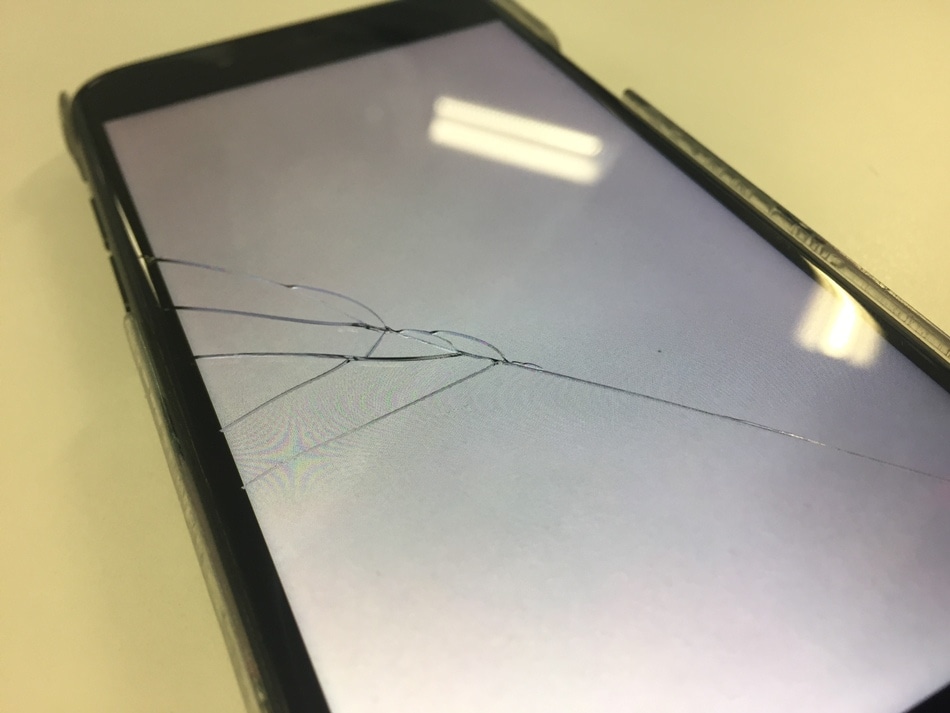Apr 2 2019
In a study led by Professor Ton Peijs of WMG at the University of Warwick and Professor Cees Bastiaansen at Queen Mary University of London, a processing method has been devised that can form transparent polythene film that can be stronger as aluminum but at a fraction of the weight. The polythene film could be used in glazing, visors, windscreens, and displays in ways that add resilience and strength while decreasing weight.
 Image credit: University of Warwick
Image credit: University of Warwick
In a new study entitled “Glass-like transparent high strength polyethylene films by tuning drawing temperature,” published online on April 1st in the Journal Polymer, the authors describe that after carefully choosing the type polythene and by tweaking the temperature during the formation of oriented polythene films, a balance can be generated that produces an extremely useful and lightweight transparent material with substantial strength and resilience approaching, and in certain ways, surpassing that of metals.
Earlier anyone seeking to substitute heavy and often fragile glasses with a transparent plastic has explored conventional transparent plastics such as poly(methylmethacrylate) (PMMA) and polycarbonate (PC) both of which possess comparatively unacceptable mechanical performance compared to an engineering material such as aluminum.
Present approaches to developing high strength plastic films such as hot-drawing of high-density polyethylene (HDPE) can result in materials that can contest or even out-do traditional engineering materials such as metals.
“The microstructure of polymers before drawing very much resembles that of a bowl of cooked spaghetti or noodles, while after stretching or drawing the molecules become aligned in a way similar to that of uncooked spaghetti, meaning that they can carry more load” explains Yunyin Lin, a PhD student in Professors Peijs and Bastiaansen’s team.
However, drawn polythene materials usually have an opaque appearance because of flaws and voids added by the drawing process, limiting applications where both optical transparency and mechanical properties are essential.
Some success has, of late, been realized by using extremely specific additives in hot-drawn HDPE materials that can then create 90% transparency while offering high strength. However, the research team guided by Professors Peijs and Bastiaansen has currently formulated a new post-manufacturing method for HDPE that bestows resilience and strength while maintaining transparency without the need for additives.
The scientists used HDPE polythene sheets and drew out these sheets at various temperatures below the melting temperature of HDPE. By tweaking the drawing temperature, they could realize a transparency of 90% in the visible range. But, the ideal balance between strength and transparency was accomplished at drawing temperatures between 90 °C and 110 °C.
We expect greater polymer chain mobility at these high drawing temperatures to be responsible for creating fewer defects in the drawn films, resulting in less light scattering by defects and therefore a higher clarity
Ton Peijs, Professor, WMG, University of Warwick.
The extremely transparent films have a maximum resilience or Young’s Modulus of 27 GPa and a maximum tensile strength of 800 MPa along the drawing direction, both of which are over 10 times higher than those of PMMA and PC plastics. For comparison, aluminum has a Young’s Modulus of 69 GPa and aerospace grade aluminum alloy can possess tensile strengths up to about 500 MPa. However, polythene contains a density of less than 1000 kg/m3 while aluminum contains a density of about 2700 kg/m3, meaning that on the basis of weight these high strength transparent polymer films can out-do such metals.
Our results showed that a wide processing window ranging from 90 °C to 110 °C can be used to tailor the required balance between optical and mechanical performance. It is anticipated that these lightweight, low-cost, highly transparent, high strength and high stiffness HDPE films can be used in laminates and laminated composites, replacing or strengthening traditional inorganic or polymeric glass for applications in automotive glazing, buildings, windshields, visors, displays etc.
Ton Peijs, Professor, WMG, University of Warwick.